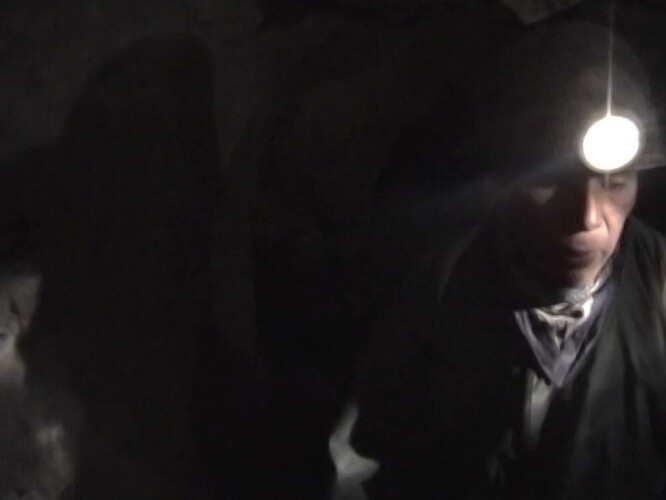Subquake and the temple of boom
So I bought a plastic Coke bottle filled with 180-proof moonshine, a few sticks of dynamite, and a 1kg bag of coca leaf. That would get the job done, I was told.
We were led deep underground, far beyond the point where the chilly Andean air gave way to the hot, oppressive atmosphere of hand-blasted mining tunnels. Once we were safely entombed in the deepest reaches, they let her rip.
I thought I knew sound.
Thought I knew how low-frequencies worked.
But I found out.
A concussion faintly heard though the maze of interconnecting tunnels was followed by the most intense movement of air particles I had ever experienced. It was an instantaneous transient, but transformed by complex subterranean resonances into a tidal pushing and pulling of the very ether around us. Individual wavefronts came and went, flapping my T-shirt back and forth. It must have been no more than 3 Hz, and it rang out for days.
And so I knew what I must do.
For years I tried in vain to replicate that experience in film sound projects. I built complex channel strips in Pro Tools, using signal generators, expanders, side-chains, and layers of plugin processing. It almost worked. Smaugs lair came close, but nothing matched the visceral, kidney-rattling intensity of the Bolivian mines.
More than 22 years later I finally sat down to create the ultimate chest-crushing low-frequency generator. Subquake was designed to use every dB of dynamic range as effectively as possible, shuddering so hard that the audience fears for their safety; rattling the light fittings, and dropping plaster dust from the antique Carrara ceilings.
I decided that this kind of low-end is so amorphous, so indistinct, that it was pointless trying to pitch-down the input signal, or playing juvenile games with Fourier transforms. We just want a ridiculously intense burst of sub, as tight as possible to the transient, as loud as possible, and with absolute minimum latency.
And what if it could dive?
Sound designers know that a pitch bend can make almost anything sound better. It gives movement, shape, intent, and marries it to the action on screen. So why not bend the rumbles?
And what if two signals could inter-modulate! This was the epiphany.
A pulsing, throbbing sub feels many times louder than the same sound as a constant. With significantly less signal you can affect the audience significantly more. Anything not screwed down will shudder and rattle, even further selling the idea of intensity and weight.
And why can’t I thump a swish? I want to thump a swish! [throws tantrum]
Why should it need to have low-frequencies already? I just want a boom which fits the sound I feed into it. So we’ll do that too.
And of course it must be fully automatable and (as far as possible) deterministic.
Film mixers want to know that the rumble they played to the director is the same one that gets printed on the next pass. They want to be confident that they won’t get a glitch when dropping-in on the stem. They need to know that the session will recall and sound exactly the same; that the 120Hz rolloff definitely clears the LFE of non-compliant top-end.
So we have Subquake. It’s loud. Be careful.
